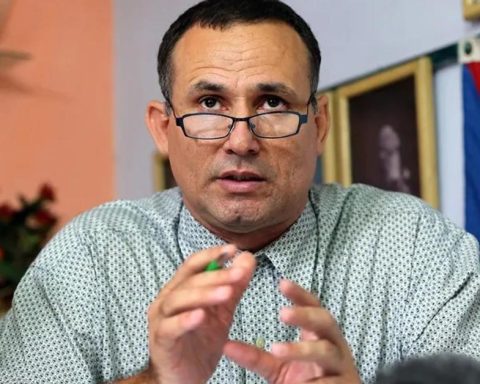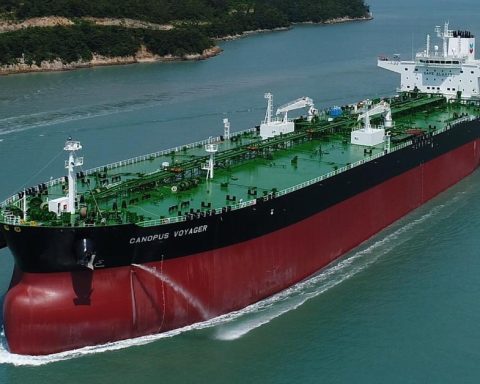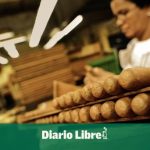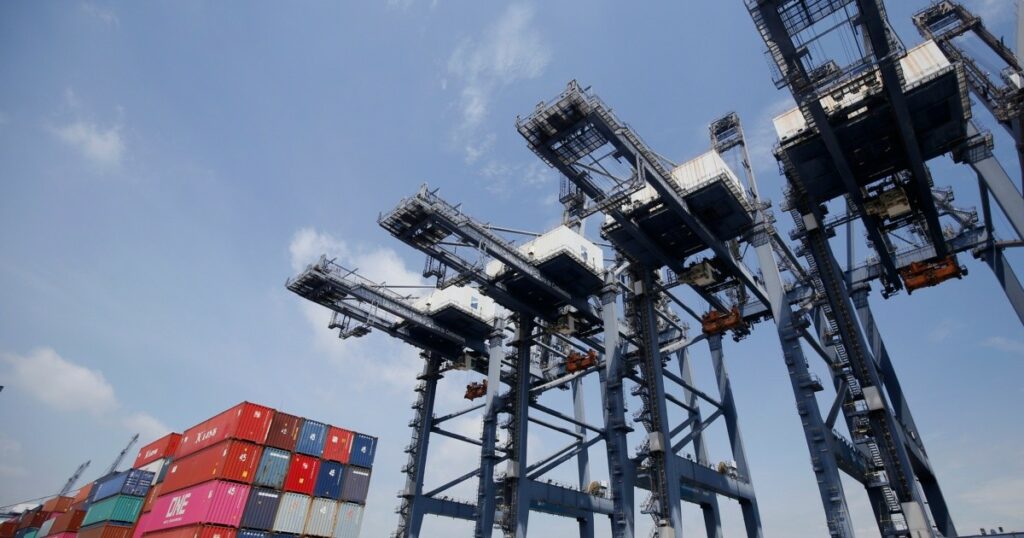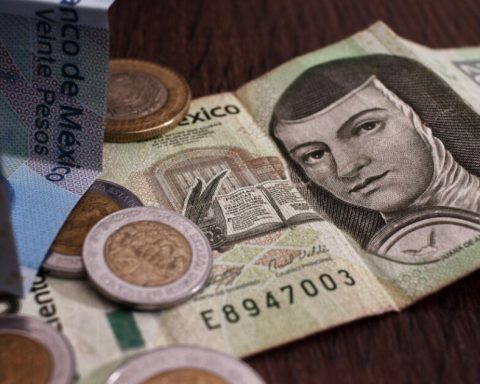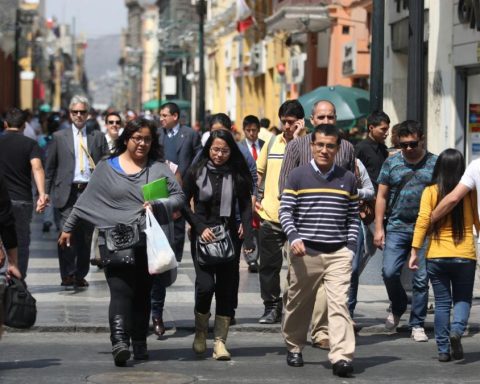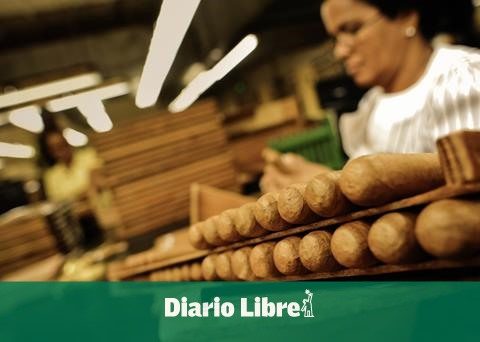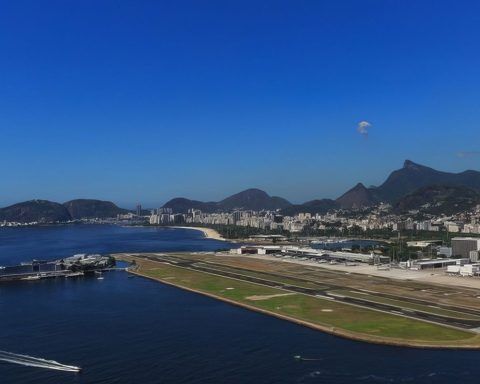Three months after Hurricane Ian devastated Pinar del Río, at the end of September, the reconstruction tasks of the damaged houses are advancing at a snail’s pace. The Government has responded to only 17% of the more than 102,000 affected houses, with around 99,600 still in limbo, confirmed this Thursday Rubén Ramos Moreno, governor of the province, during a visit by senior officials led by Miguel Díaz- Cinnamon.
The information disseminated by the official press indicates that the Cuban president supervised the recovery work in the province, where, in addition to the homes and a blackout that lasted weeks, some 14,000 tons of stored tobacco leaves were damaged by the destruction of the hurricane in facilities, and fruit and vegetable crops were lost.
In a note published by the official newspaper Granma On December 1, the Government assured that 93,929 homes were affected by the climatic event, but during the visit this Thursday, the governor of the province placed the number at more than 102,000 homes, a difference of 8,000.
The senior officials toured the settlement located at kilometer two of the highway to La Coloma, one of the westernmost points devastated by the hurricane on the Island, where the company WFA Construcciones is advancing 40% of the first 18 homes to be built. They will deliver to this territory when they are ready, until March 2023.
The Cuban government has justified the delays due to the shortage of construction products on the island and the low chances of being able to import them due to the economic embargo.
Only company workers work in the construction of these first houses because the Government has not yet selected the families to which the property will be delivered. Antonio Rodríguez, president of the National Institute of Hydraulic Resources, added that the possibility of incorporating the water supply into the new houses is being analyzed. “These have been difficult times,” the press quoted the Cuban president, who said that this period of work “has shown that there are things that are going to be much better than they were before.”
“We have to intensify the pace of work between January and February, in which at least 400 total collapses will be solved by the modules that are being built, but greater agility is necessary in the partial roofs,” Díaz-Canel said. On several occasions, the Cuban government has justified the delays due to the shortage of construction products on the island and the low chances of being able to import them due to the US economic embargo.
Regarding tobacco, the Government calculates that 12,544 tons of damaged leaves have been recovered and more than 1,640 hectares have been planted in the current campaign, barely 26% of the 6,300 hectares planned for this cycle. The planting program in Pinar del Río, a province known for the cultivation of the famous Havana cigars, began at the end of October and will run until January 31, 2023.
For the recovery of damaged tobacco leaves, destined mainly for export, the Government had the urgent task of moving some 6,000 tons on trains to Sancti Spíritus, Matanzas, Villa Clara and Cienfuegos.
________________________
Collaborate with our work:
The team of 14ymedio He is committed to doing serious journalism that reflects the reality of deep Cuba. Thank you for accompanying us on this long road. We invite you to continue supporting us, but this time becoming a member of our newspaper. Together we can continue transforming journalism in Cuba.


